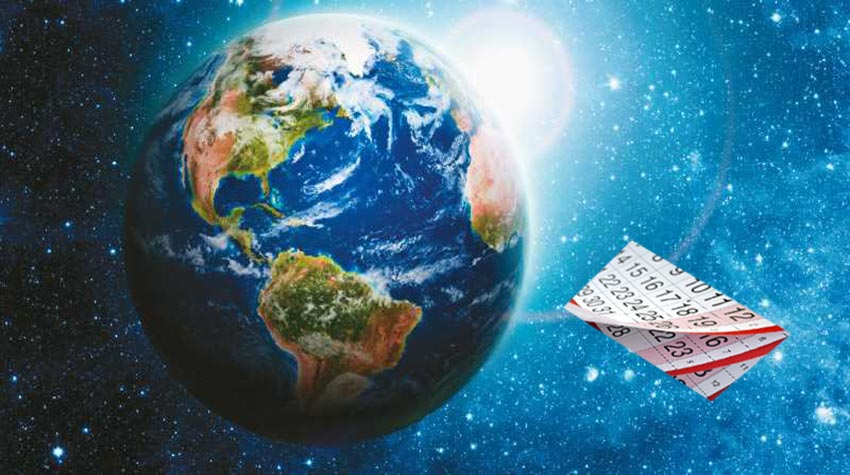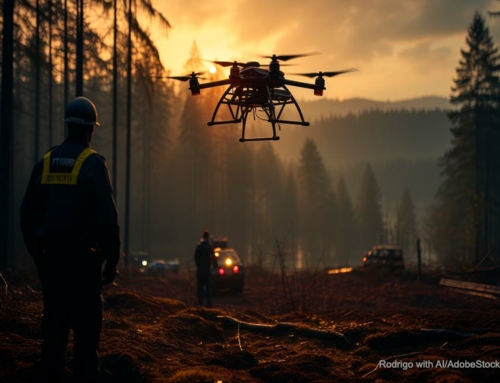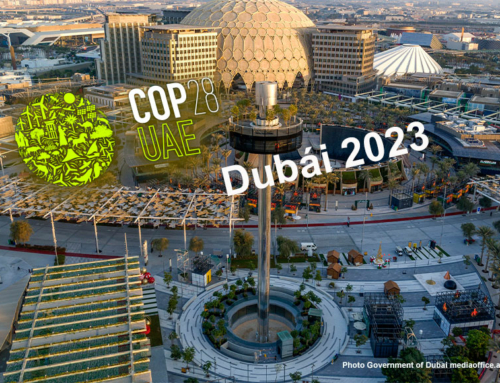Earth day is celebrated because there are intelligent life on Earth. That easy. On planets, without thinking beings presence there is no possibility of celebrating anything since there is no one who can do it. Instead, in this little blue point lost in a corner of universe, which from millions of light year distances is seen as a microscopic particle, a cosmic dust that slides in the silent blackness of immensity, yes there are much to celebrate. As it is the privilege of life, which is as bound to Earth as Earth to life. Because on our planet there are colors, sounds, rhythms, aromas, textures, airs, temperatures, seasons, water, oxygen, a sun and a moon that have facilitated a varied and flourishing plant life and lively in its three natural environments, homo sapiens included.
For good or evil on the planet, we humans have landed in this small spaceship, which in addition to vehicle is our home, our roof and home to our parents, brothers and children. The Earth has 4.6 billion years of existence and has spawned life almost from the beginning, as witnessed by tiny, rock-encrusted fossils found in southwest Greenland, living in an oxygen-free atmosphere, 3.8 billion years ago. 590 million years ago a vital explosion, an unprecedented biological “big-bang” began, from which the grandparents of almost all known species emerged. Three million years ago, arrived the first homo, the homo habilis, thus baptized to have the ability to sit on a log and to make for the first-time rustic stone utensils. Without intuiting it, with his clumsy hands began the Paleolithic era and the most vertiginous and spectacular evolution never seen in the long history of Earth.
But how to understand this dance of millions and billions of years, from the perspective of our scale of life or short lifetime vision, using almanacs and conventional clocks? How do we place ourselves within it? Almost impossible. Taking advantage of the fact that today is Earth Day, we present an instrument for a better understanding of this timing that places the main species and ourselves, the humans, within it. To begin with, let’s imagine an almanac like those of now, with its twelve months, but with the difference that each day is equivalent to a million years. That is to say, one month, perhaps April, is equivalent to 30 million years, and from January 1 to December 31 to 365 million years, which we will call “geo-years”, since they are located in the scale of Earth and not in human scale. With this “geo-almanac” at hand we have that the universe, whose age has been calculated in about 13.7 billion years, has about 37 geo-years, Earth about 13 and the above named microorganisms something more than 10, which indicates us that on our planet there was life since its early three geo-years.
Already with the data at hand we can calculate that the first amphibians emerged on January 6 of geo-years 13, the first mosquitoes and flies arrived between June 5 and July 1 and the extinction of the last dinosaur occurred on 27 October. As for the great apes appeared between the 8 and the 27 of December, like the homo hábilis, the being that carved the first stones. And the modern man, who arrived in Europe 40,000 years ago, where do we locate him? Well no less than December 31, at 11:03 pm, missing just 57 geo-minutes for the new geo-year. With the help of this instrument we can imagine the universe as a young adult of 37 years, Earth as a teen of 13 and homo sapiens a newborn with barely an hour of life. Now if we are on the human scale, easier to understand than the billions of years.
From this it is inferred that humans were the last to arrive to Earth, we made it late and in a few minutes we took control of the planet. We became masters and lords of valleys and mountains, deserts and icy areas. With our skills we learned how to make the right clothes in any climate, we dominate airs, seas and lands and we beat from the biggest animals to the microscopic beings. We excel in arts, technology and science, did wonders in architecture and painting, major advances in medicine and astronomy, notable musical and literary works. We were so skillful that in the twentieth century, despite two world wars, we had a demographic growth that gives vertigos. In just one hundred years the population has gone from 1.5 billion to 6 billion, a growth never seen before that has brought consequences to the planet and its other inhabitants, which were long before our arrival. Since the Borneo rainforest has been ravaged and its local climate change almost completed, three-quarters of its trees have been sliced and its fireproof rainforests replaced by vegetation that burns frequently and easily. We have polluted airs, soils and seas and we have eaten species until its near extinction.
Since 1970 every April 22 is celebrated the International Earth Day, designed with the goal of generating participation and environmental awareness among people. It is time for homo sapiens to find ourselves within the space and time we occupy and reflect on our abrupt arrival on the planet and the duty to fix what we have disarranged, leaving a sustainable world and a balance with nature for the next generations. If we do not straighten our course we can pass like foxes and rabbits, a paradox that demonstrates the importance of biological balance and consequences when it breaks.
Sandor Alejandro Gerendas-Kiss







Leave A Comment